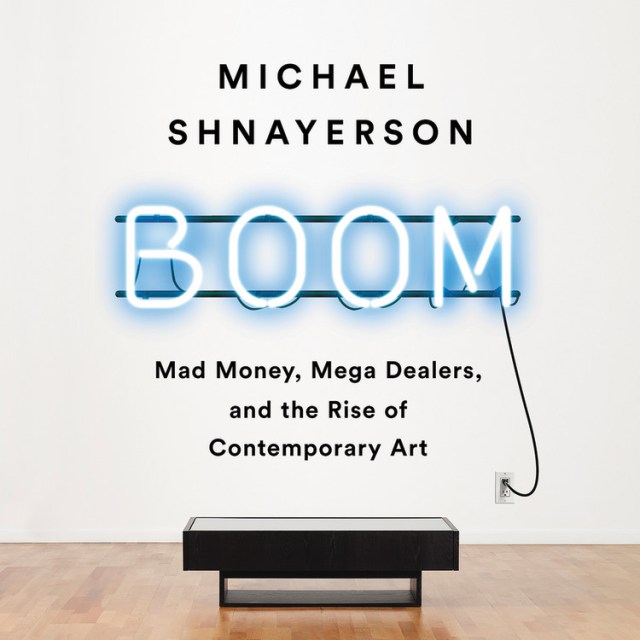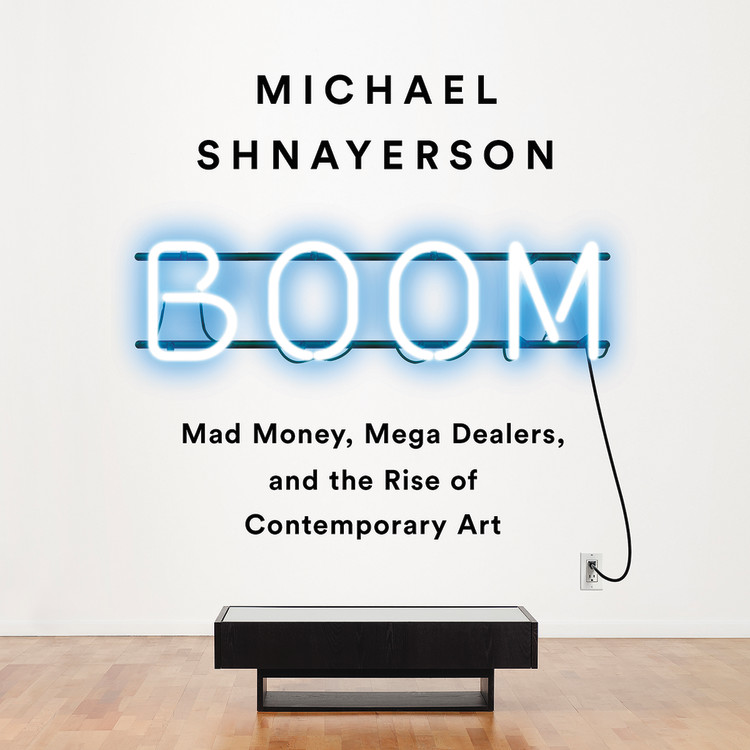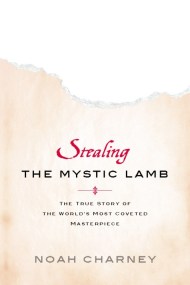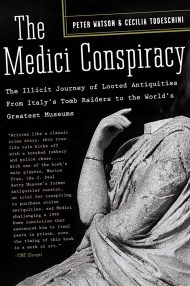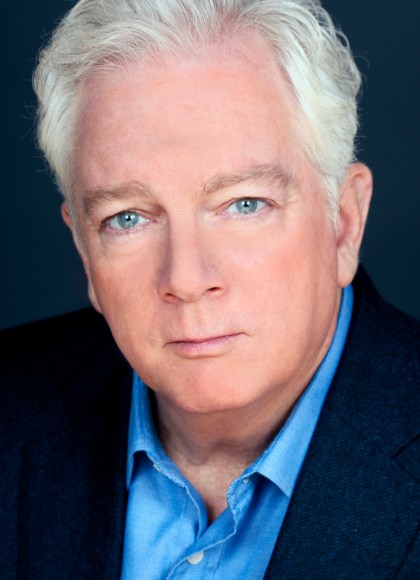Promotion
25% off sitewide. Make sure to order by 11:59am, 12/12 for holiday delivery! Code BEST25 automatically applied at checkout!
By clicking “Accept,” you agree to the use of cookies and similar technologies on your device as set forth in our Cookie Policy and our Privacy Policy. Please note that certain cookies are essential for this website to function properly and do not require user consent to be deployed.
Boom
Mad Money, Mega Dealers, and the Rise of Contemporary Art
Contributors
Read by Jonathan Davis
Formats and Prices
- On Sale
- May 21, 2019
- Publisher
- Hachette Audio
- ISBN-13
- 9781549152504
Format
Format:
- Audiobook Download (Unabridged)
- ebook $12.99 $16.99 CAD
- Trade Paperback $22.99 $29.99 CAD
This item is a preorder. Your payment method will be charged immediately, and the product is expected to ship on or around May 21, 2019. This date is subject to change due to shipping delays beyond our control.
Buy from Other Retailers:
The contemporary art market is an international juggernaut, throwing off multimillion-dollar deals as wealthy buyers move from fair to fair, auction to auction, party to glittering party. But none of it would happen without the dealers-the tastemakers who back emerging artists and steer them to success, often to see them picked off by a rival.
Dealers operate within a private world of handshake agreements, negotiating for the highest commissions. Michael Shnayerson, a longtime contributing editor to Vanity Fair, writes the first ever definitive history of their activities. He has spoken to all of today’s so-called mega dealers — Larry Gagosian, David Zwirner, Arne and Marc Glimcher, and Iwan Wirth — along with dozens of other dealers — from Irving Blum to Gavin Brown — who worked with the greatest artists of their times: Jackson Pollock, Andy Warhol, Cy Twombly, and more.
This kaleidoscopic history begins in the mid-1940s in genteel poverty with a scattering of galleries in midtown Manhattan, takes us through the ramshackle 1950s studios of Coenties Slip, the hipster locations in SoHo and Chelsea, London’s Bond Street, and across the terraces of Art Basel until today. Now, dealers and auctioneers are seeking the first billion-dollar painting. It hasn’t happened yet, but they are confident they can push the price there soon.
Genre:
Newsletter Signup
By clicking ‘Sign Up,’ I acknowledge that I have read and agree to Hachette Book Group’s Privacy Policy and Terms of Use
